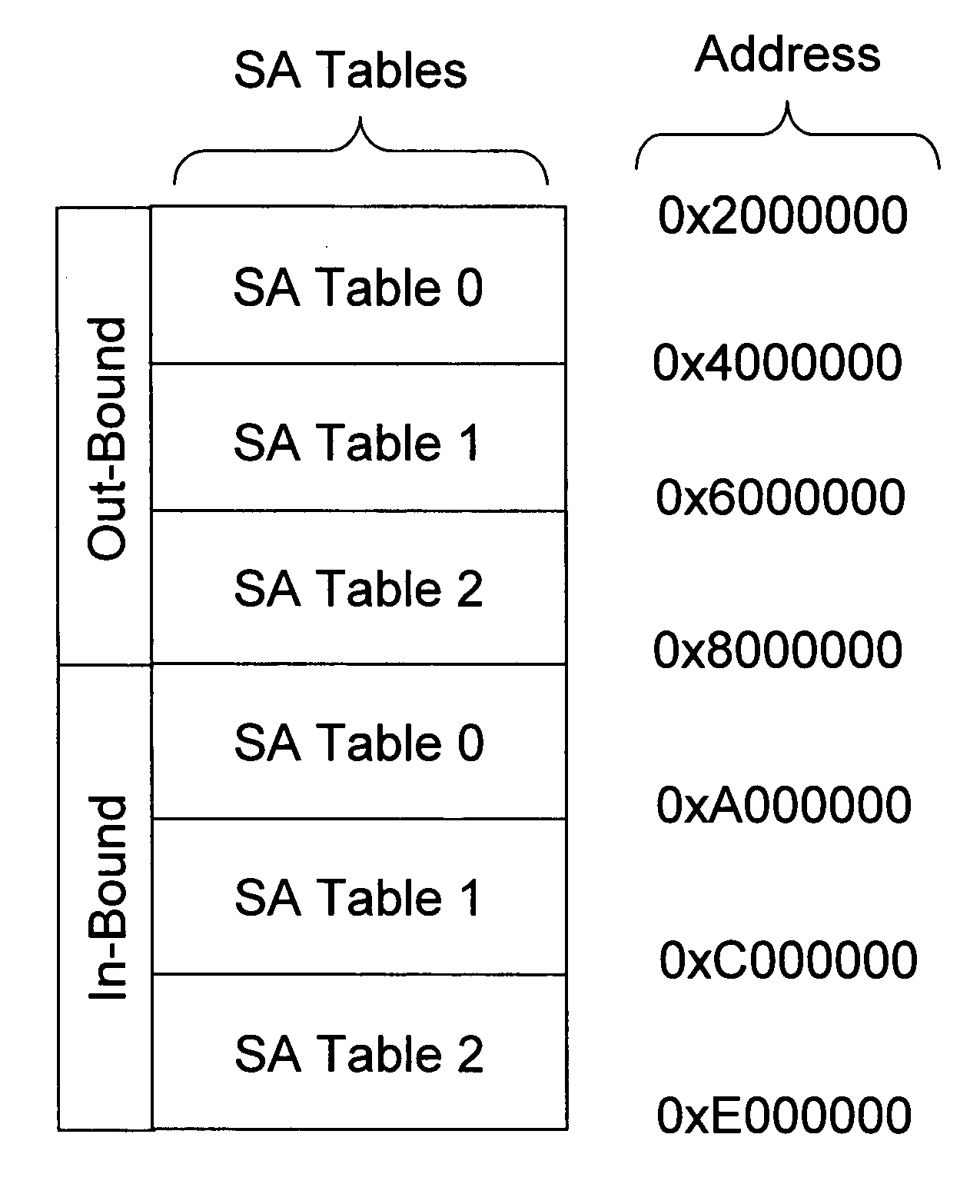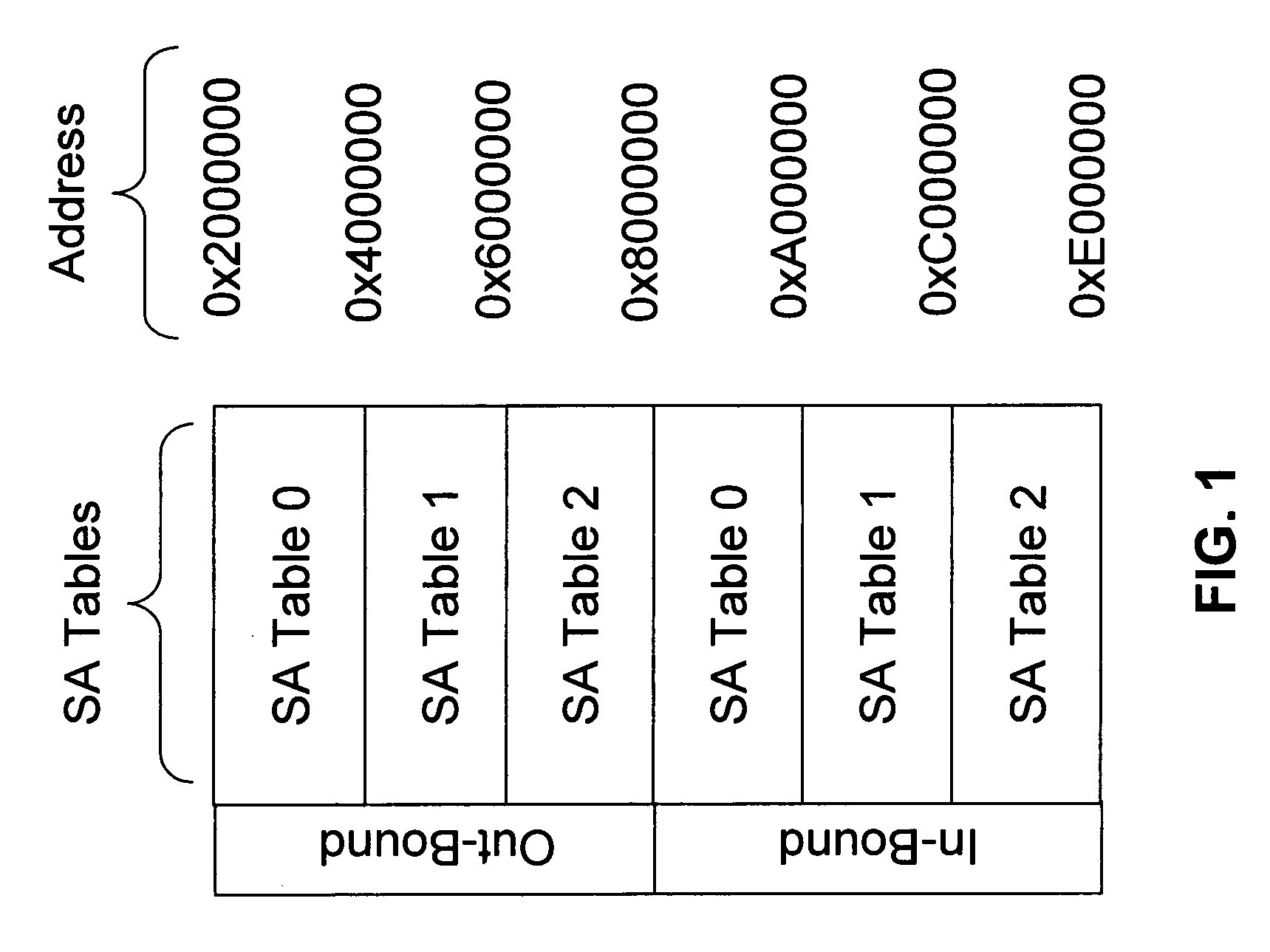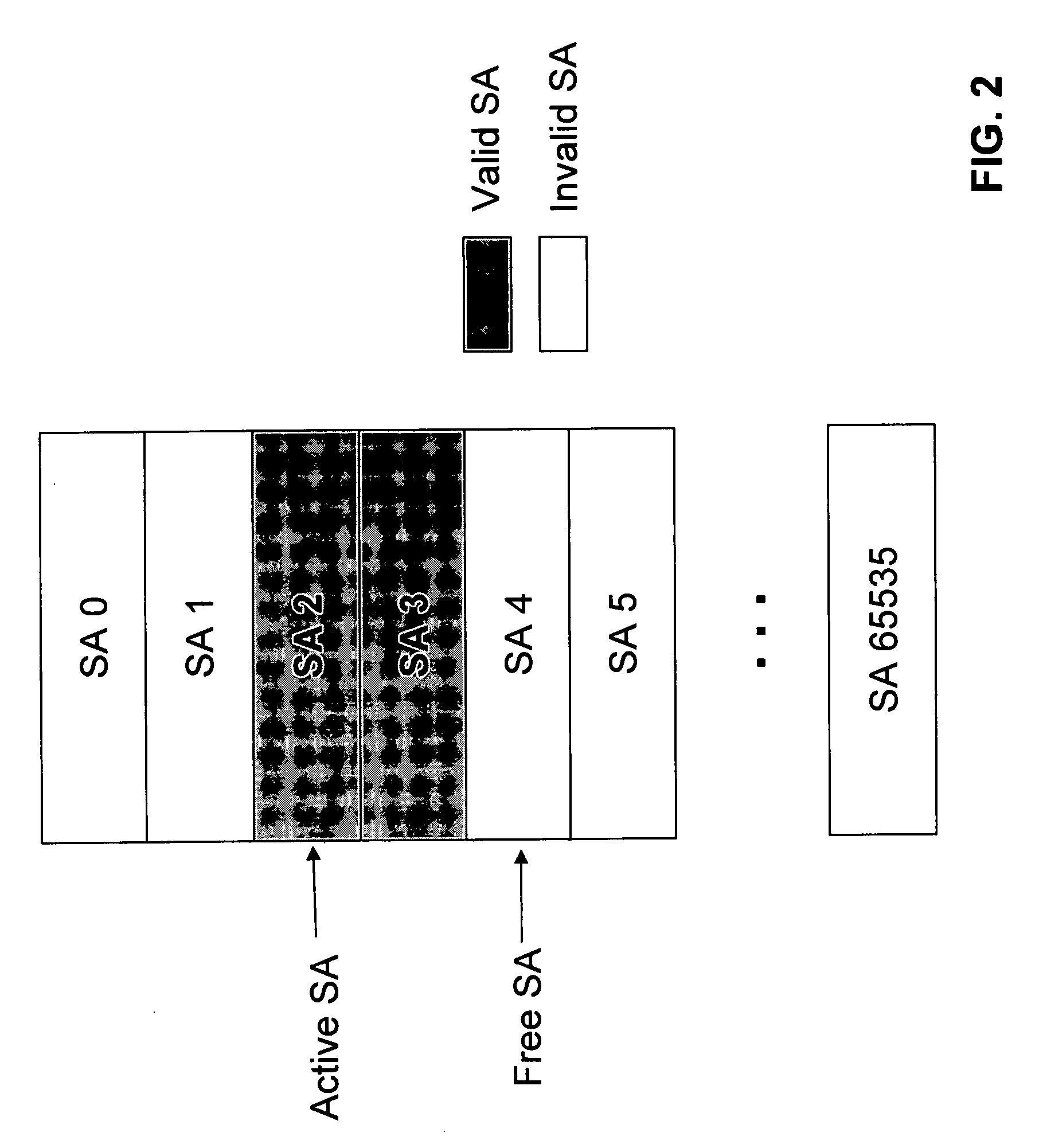Method of integrating QKD with IPSec
a technology of ipsec and quantum keys, applied in the field of quantum cryptography and internet communication, can solve problems such as the problem of improving the security of ipsec by employing quantum keys, and achieve the effects of improving the security of ipsec, fast key flipping, and increasing the size of the security association tabl
- Summary
- Abstract
- Description
- Claims
- Application Information
AI Technical Summary
Benefits of technology
Problems solved by technology
Method used
Image
Examples
Embodiment Construction
[0018] As mentioned above, in the standard implementation of IPSec, each IPSec tunnel maintains two SA Tables, one for inbound data traffic and the other for outbound data traffic. Each Table, in turn, contains maximum of two SAs at a time. This imposes restrictions on how often the keys can be changed because IP packets might be delivered to decrypting side with delay and out of order. This happens especially often if the packets have to traverse Internet.
[0019] During transmission of information over the Internet, the IP packets can be delayed and can come out on the receiver side out of order. Thus, the SA needs to be long enough to ensure that all the encrypted packets are received in the proper order at the receiver and are properly decrypted.
[0020] Accordingly, an aspect of the invention involves increasing the SA Table size. This enables fast key flipping while also ensuring that the proper encryption / decryption and deliver order of the packets. Described below is an exempl...
PUM
 Login to View More
Login to View More Abstract
Description
Claims
Application Information
 Login to View More
Login to View More - R&D
- Intellectual Property
- Life Sciences
- Materials
- Tech Scout
- Unparalleled Data Quality
- Higher Quality Content
- 60% Fewer Hallucinations
Browse by: Latest US Patents, China's latest patents, Technical Efficacy Thesaurus, Application Domain, Technology Topic, Popular Technical Reports.
© 2025 PatSnap. All rights reserved.Legal|Privacy policy|Modern Slavery Act Transparency Statement|Sitemap|About US| Contact US: help@patsnap.com



